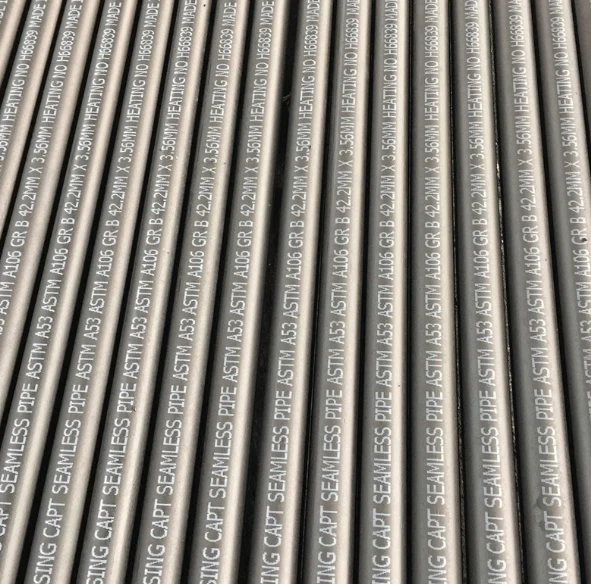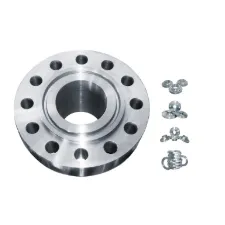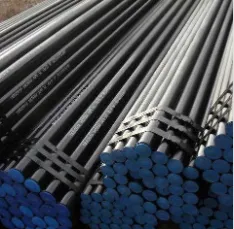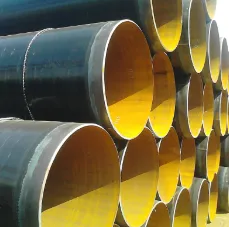

Further emphasizing its authority in material selection, professional organizations such as the American Society of Mechanical Engineers (ASME) have incorporated P91 into their codes and standards, acknowledging its proven reliability and uniformity under rigorous conditions. Such endorsements reflect deep-seated trust in P91 from leading authorities in engineering safety and quality. From a technical standpoint, the alloy's microstructure is another testament to its expertly engineered nature. The microstructure of P91 comprises a tempered martensitic matrix, augmented by finely dispersed carbides. This microstructural configuration is responsible for its high creep resistance, a core requirement in the face of sustained thermal and mechanical stress. In terms of lifecycle cost, investment in P91 can be seen as upfront, offset by considerable long-term saving and performance benefits. Lesser material degradation over time equates to reduced maintenance costs and fewer outages—factors that are decidedly advantageous for industries striving for operational continuity and efficiency. In practice, I've calculated operational cost reductions of up to 30% when projects have transitioned from traditional steels to P91, underscoring its financial feasibility and strategic value. In conclusion, P91 alloy stands as a beacon of metallurgy's capacity to drive industrial progress. Its well-documented application successes and rigorous standardization attest to its pivotal role in modern engineering endeavors. For plant operators, engineers, and sustainability advocates, P91 offers a blend of invention and performance, marking it as a key contender in the ongoing pursuit of innovation, efficiency, and environmental responsibility. The lessons learned through my career have only fortified my belief in P91's essential contributions, a sentiment echoed across global industries.
Post time: فبراير . 15, 2025 00:01
Prev:
Next:















